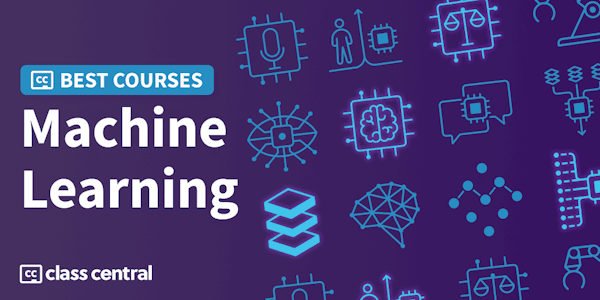Learn how to use MLflow to simplify the complexities of building machine learning applications. Explore MLflow tracking, projects, models, and model registry.
Managing the end-to-end lifecycle of a Machine Learning application can be a daunting task for data scientists, engineers, and developers. Machine Learning applications are complex and have a proven track record of being difficult to track, hard to reproduce, and problematic to deploy.
In this course, you will learn what MLflow is and how it attempts to simplify the difficulties of the Machine Learning lifecycle such as tracking, reproducibility, and deployment. After learning MLflow, you will have a better understanding of how to overcome the complexities of building Machine Learning applications and how to navigate different stages of the Machine Learning lifecycle.
Managing the end-to-end lifecycle of a Machine Learning application can be a daunting task for data scientists, engineers, and developers. Machine Learning applications are complex and have a proven track record of being difficult to track, hard to reproduce, and problematic to deploy.
In this course, you will learn what MLflow is and how it attempts to simplify the difficulties of the Machine Learning lifecycle such as tracking, reproducibility, and deployment. After learning MLflow, you will have a better understanding of how to overcome the complexities of building Machine Learning applications and how to navigate different stages of the Machine Learning lifecycle.

